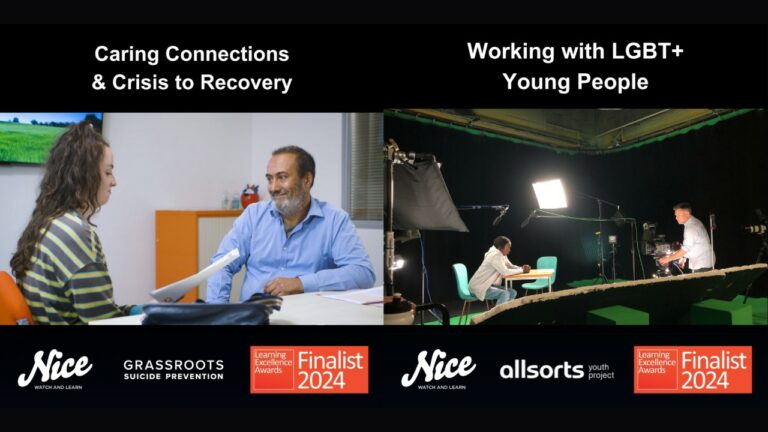People can’t absorb information effortlessly, it takes hard work and application. It is said. But drama allows you to “effortlessly” walk through a learning dialectic as you look through the eyes of characters in a conflict. Drama can be visual, but more importantly it’s emotional.
Danish educational theorist Knud Illeris says genuine learning involves a subjective connection between the learner’s interests and motivations and the learning content, which always includes a cognitive, emotional, and social dimension.
This makes perfect sense if we are teaching soft skills such as diversity and inclusivity. Being led through a scenario and allowed to view the world through other people’s eyes is clearly a perfect means of fostering empathy and understanding. But what about less emotional subjects? Is it worth making a learning drama about compliance issues or accountancy?
If you can have more than one opinion about an issue it can be dramatized. If you can have an argument about the pros and cons of an issue this can be crystallised into clear stages of a dialectic and this in turn transformed into the actions of characters who bring it to life.
Watching this drama, we naturally consider the wider implications of the actions. What does it mean to break a petty rule? We identify with the rule breaker, but do we really want to be them? Is the righteous character boring or simply trying to make it better for the rest of us? Such questions are not explicit, but implicit in the actions of the scenario. The beauty of this is that the viewer makes their own meaning. We reflect on it while we’re on coffee break. It resonates, and sparks conversations with colleagues. It weaves its way smoothly into our long-term memory.
Watching a learning drama won’t make you into an expert, but it can make you feel like one, because when we watch other people in conflict we naturally have an opinion about it.
Drama delivers a subjective connection between the learner’s interests and motivations and the learning content, including a cognitive, emotional, and social dimension. And once you have established that connection you can use cheaper media – perhaps cheaper-to-produce types of video – to deliver the more detailed learning.
This is the power of drama. It’s effortless to consume but takes some serious expertise to put together.







